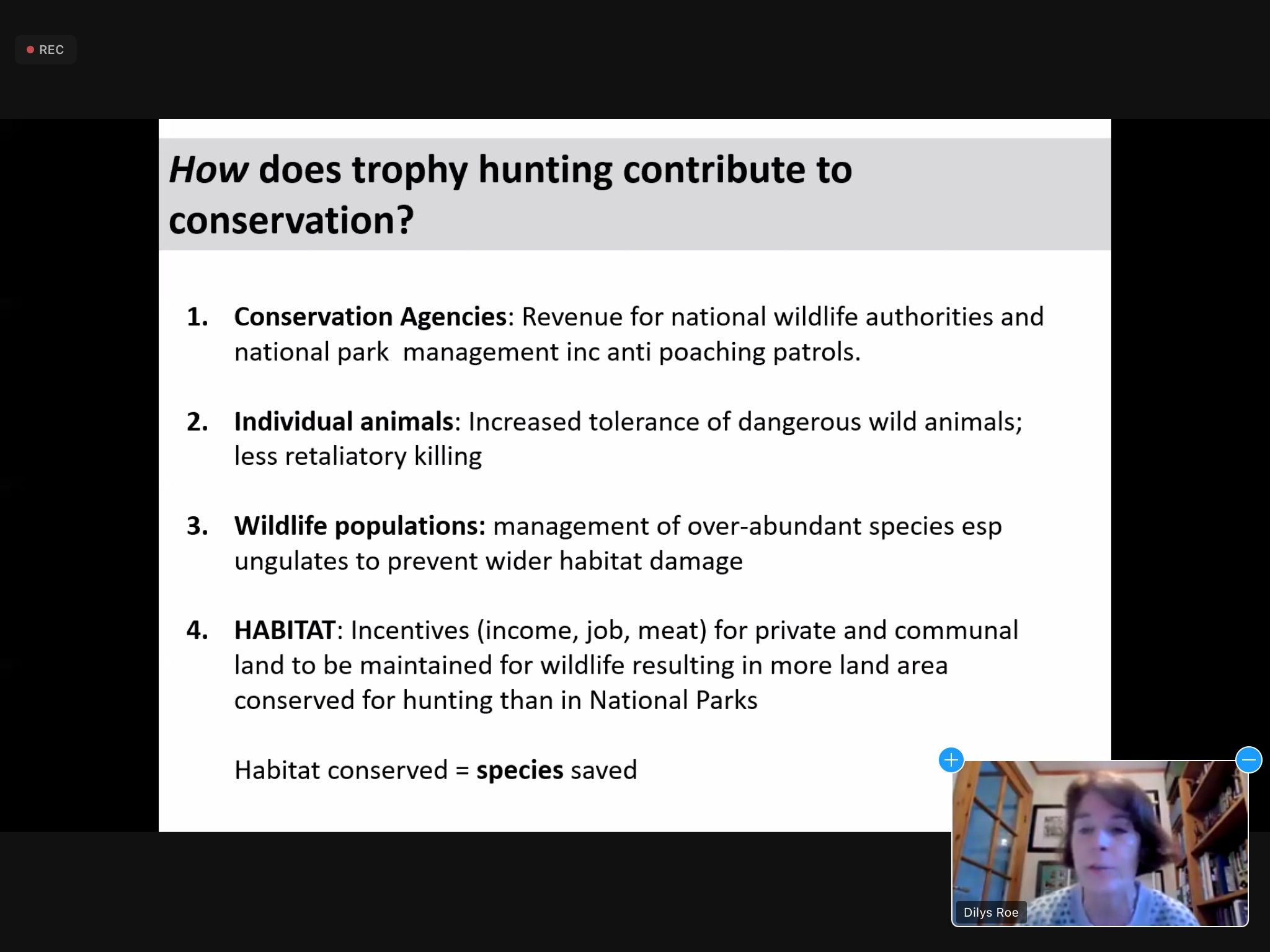
If one trophy hunter can spend $200,000 to hunt exotic animals and say it is not about killing, and it is about helping wildlife conservation is he/she being realistic? Wouldn't one say if it is not about the thrill of killing an animal and it is about the love you have for wildlife then why not use the money in a way that saves our wildlife and their future?
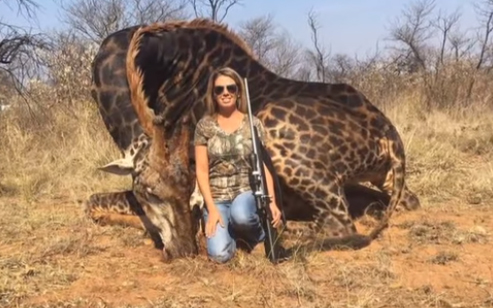
Isn't Trophy hunting more about the money versus conservation? Breeding and raising wildlife is a million-dollar business. Do you believe it is about conservation or about the money that flows into one's pocket?
Let us take a look at one organization in Texas that claims to be about conservation: This organization run by 2 people has convinced wildlife lovers and organizations that they care about conservation and with this approach has easily raised millions of dollars to get the business up and running!
Mojostreaming has spoken with the founder and he believes we are not fully educated on what the organization is about. We have invited him to be our guest on our talk show to help us better understand. We are still waiting on his reply.
We encourage you to look up wildlife ranching in America (most are in Texas) One rancher received over 11 million from investors and I believe they easily convince people they are about conservation versus making money off of selling exotic animals to zoos and making money off of enclosed trophy hunting where people easily pay 10,000+ for a kill.
Please research and see what you find and come up with your own impressions.
Let us watch this news documentary and ask yourself if it is okay to kill 8 to 14 other wild animals to bait one leopard so you can kill that one leopard. The fee to participate in this sport cost over 26,000 with the loss of up to 15 animals. Why? just so you can place the head on your wall, take a photo and brag to your friends, and then sell the skin for you to make money off of? Then tell yourself that you love wildlife and you are helping conservation.
https://www.youtube.com/watch?v=-NdopGBtb0A
ILLEGAL WILDLIFE TRADE IS A HUGE PROBLEM- it generates millions of dollars at the expense of the species. Many animals are on the brink of extinction and one country to blame is the United States of America because that is where the big buyers come from: Click on the link below to learn more:
Not only do we have to worry about the illegal trade of wildlife we have to worry about whether our Zoos are participating in such acts.
Please watch: mojostreaming.com
We can also debate hunting in your local state to control wild animals such as deer, raccoons, turkey, and more. We are not doing enough to make sure hunters are following proper protocol. Are licenses being purchased? Are they tagging and reporting their kill and keeping it to their assigned limit? Are they baiting- using salt block, night cameras, feeding stations? Are they using dogs, scents, and other enticing products to fool the animal? Are they hunting in enclosed fencing like they do in Peru, Indiana? Are they dumping the carcass or taking it to the properly assigned stations for their area? Are they hunting for food or for the trophy and bragging rights? Are they completing the proper permits to be on someone's property, and tagging their stand? It is easy to not follow such guidelines when you have stores like Rural King promoting special feed, salt blocks, and other baiting products during hunting season. How about the hunting contest that is going on in America.
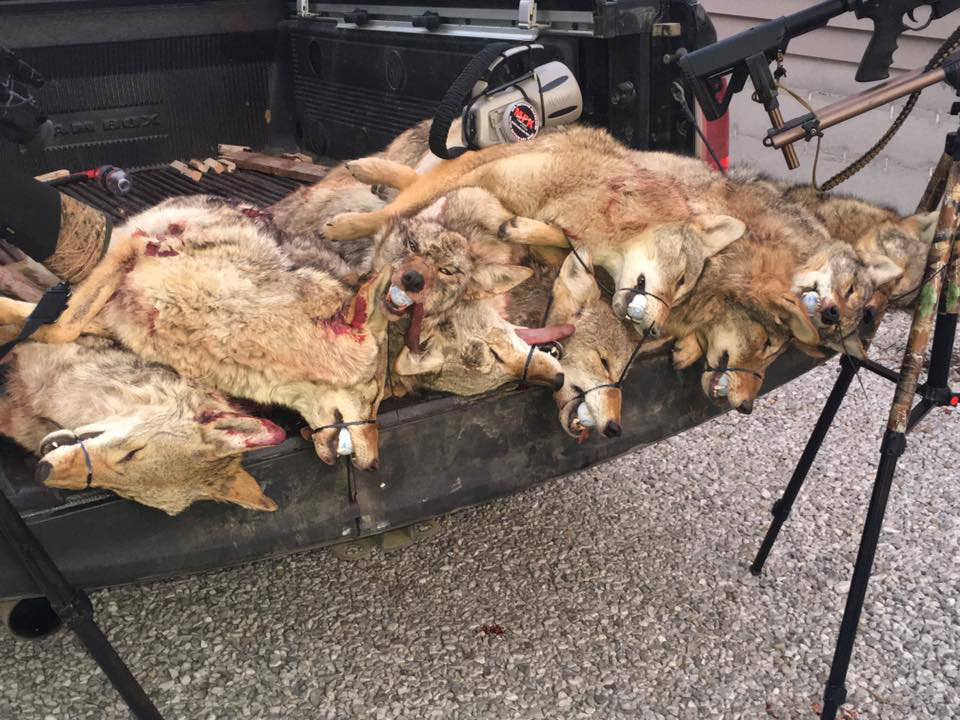
Coyotes were killed at the Southern Illinois Predator Challenge in 2017. COURTESY OF MARC AYERS/HUMANE SOCIETY OF THE UNITED STATES
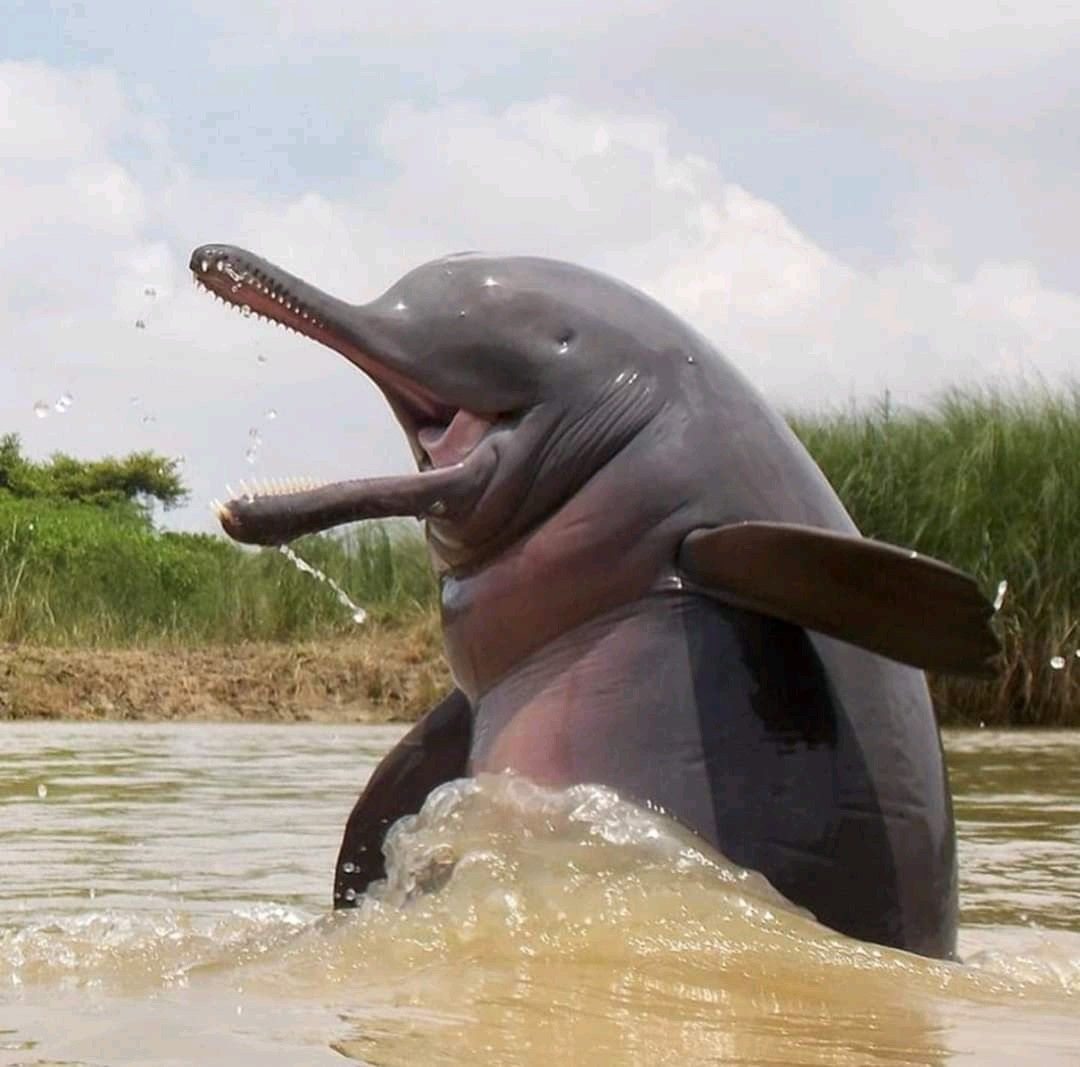
Today many birds were seen, but many will soon be forgotten. Yet one master African hunter is indelibly etched on every African child's mind, the Long-crested eagle.
Growing up in the Gorilla Highlands, this is the bird that children asked whether they would die one day or live forever. Its the one that village belles asked whether they would be married in the East or in the West.
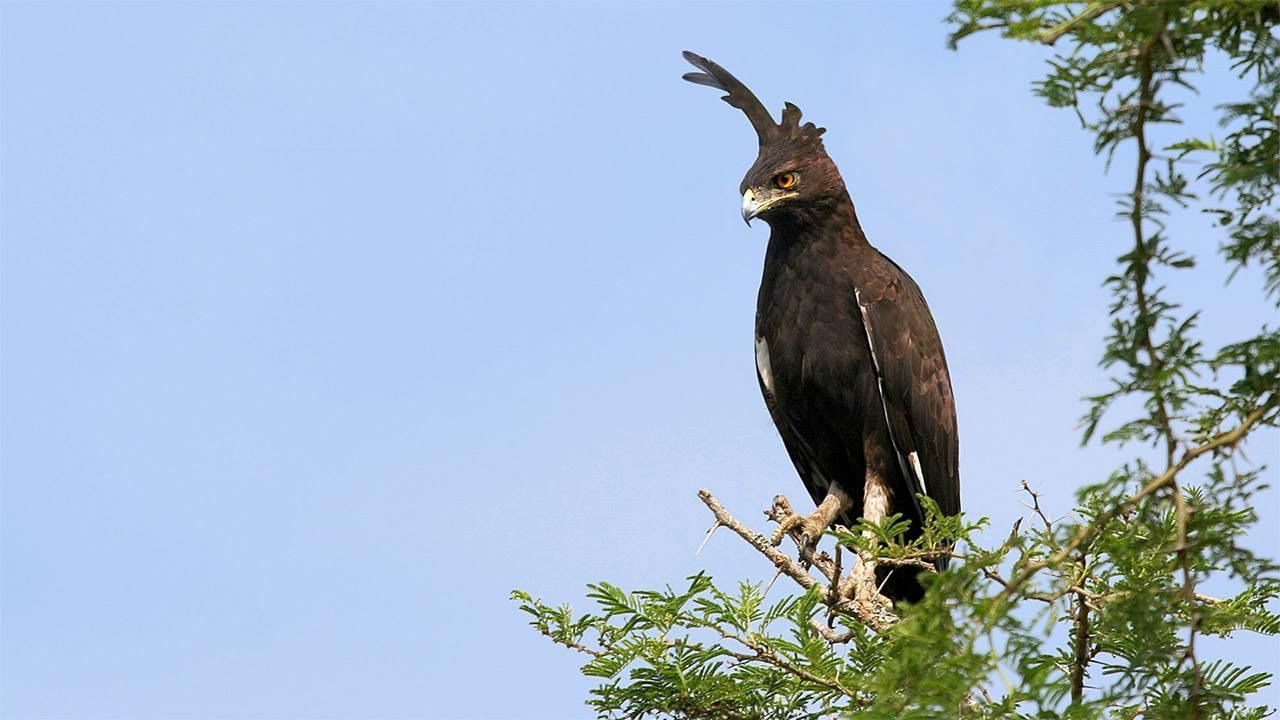 With just a flick of its long crest, downwards or up, this way or that way, one's fate was sealed.
With just a flick of its long crest, downwards or up, this way or that way, one's fate was sealed.
Ladies and gentlemen, meet Kamushungushungu, the African bird of prophecy, the "sit and wait" hunter which waits on a perch, scanning the ground and swoops on prey with a gliding flight.
Here are its 7 behavioral facts:
1. It mostly feeds on rodents, which is a big part of its conservation story. Its pest control reputation in Agricultural Africa is only shrouded by its prophetic myth. It however also feeds on other birds, including owls and the young of other raptors, frogs and lizards, invertebrates and even fish and fruit.
2. The long-crested eagle is territorial. Thats why they dont flock.
3. The male displays during courtship, performing steep dives and also using a rocking, level display flight, calling frequently during these displays.
4. Both sexes build the nest, constructing a stick platform lined with green leaves. The nest is normally situated in the mid-canopy and very close to the trunk of a tree near the forest edge.
5. It breeds all year but most eggs are laid in July to November season. The female lays 1-2 eggs which are laid asynchronously, as much as two weeks apart.
6. The female takes most of the burden of incubating the eggs and the female begins incubation as soon as the first egg is laid which means that hatching is also asynchronous. Incubation lasts 42 days (twice that of domestic hens).
7. Interestingly, during incubation, the male provides the female with food.@Godfrey
#Earthshots